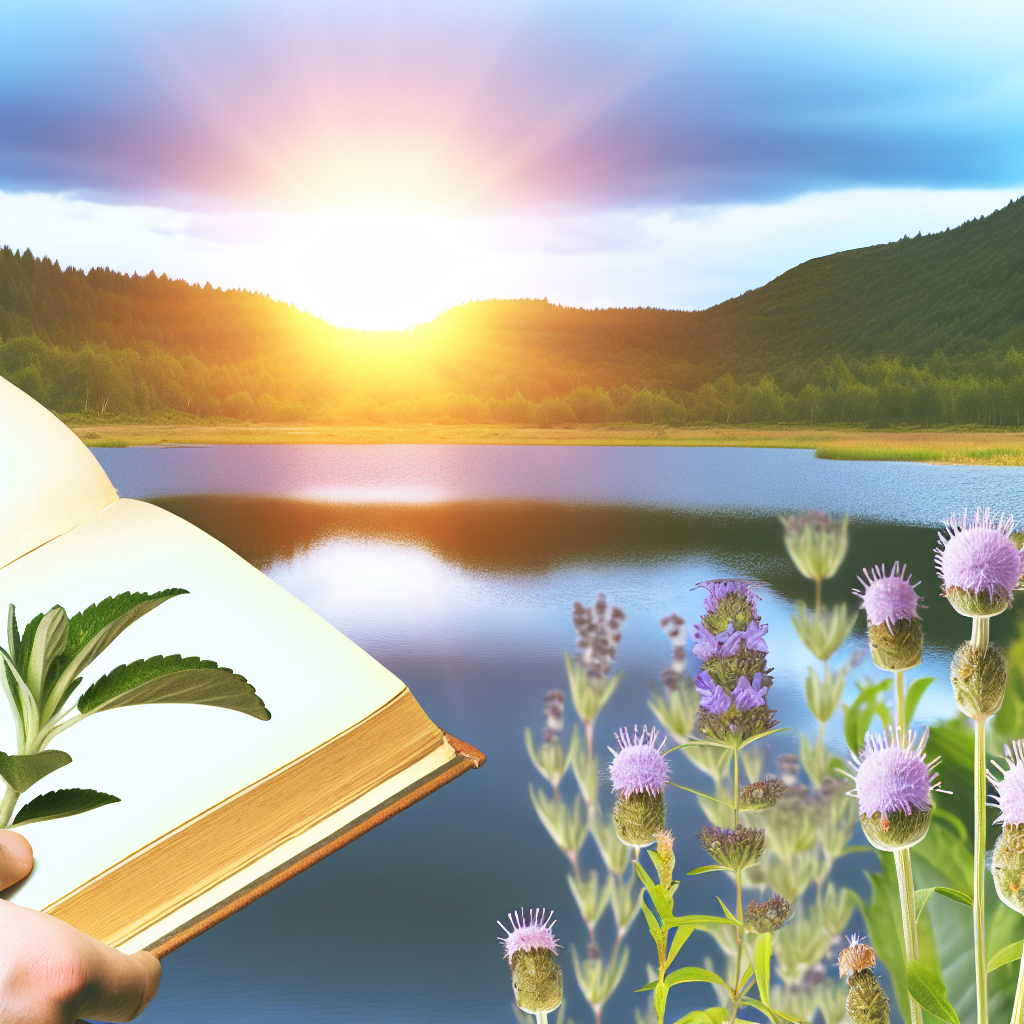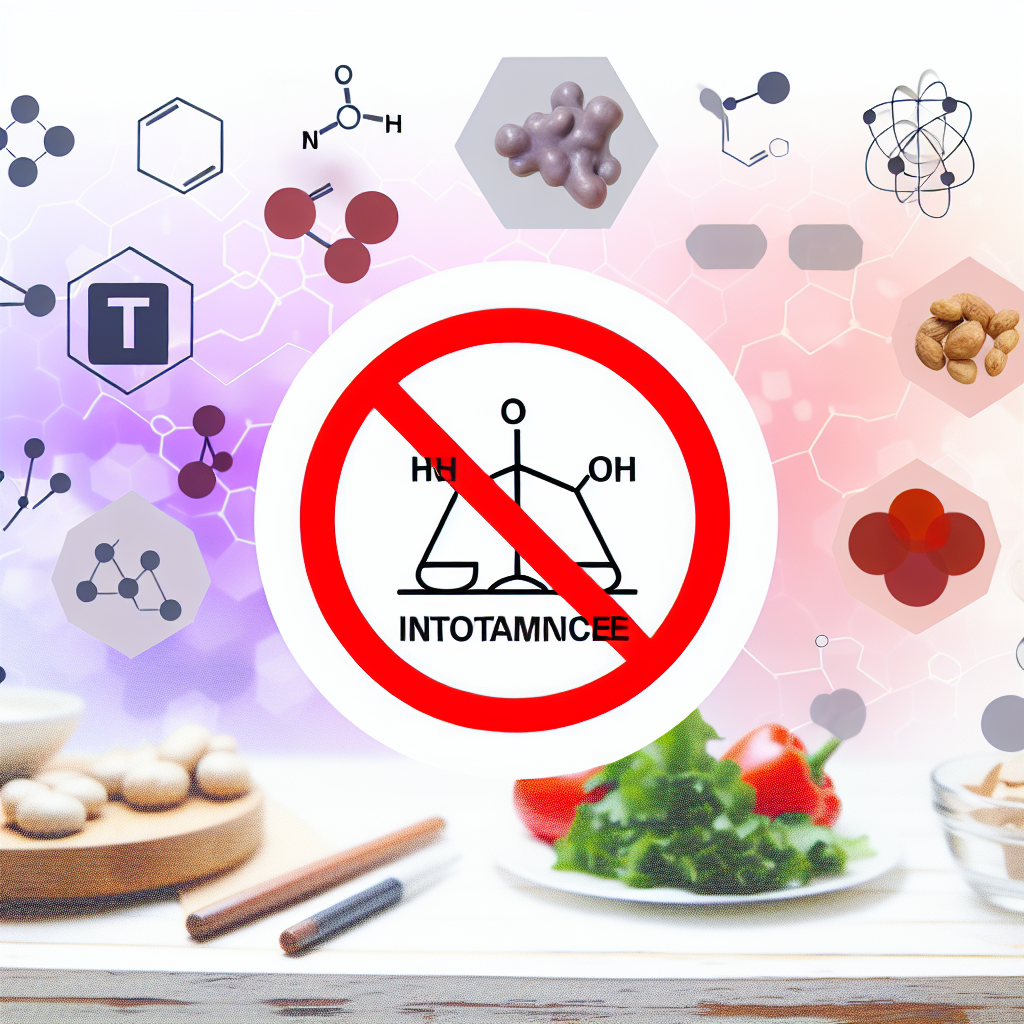It is believed that Ayurvedic medicine, which has its roots in India and dates back more than three thousand years, is one of the oldest holistic healing systems anywhere in the world. Traditional medicine, which is a medical approach founded on this concept, is based on the concept that mental, physical, and spiritual equilibrium are the means by which health and wholeness can be attained.
Doshas are in balance and harmony with one another
In Ayurvedic medicine, practitioners believe that every person is born with a unique mind-body constitution, also referred to as a Dosha. There are three primary Doshas types: Vata, Pitta, and Kapha. Each Dosha is associated with distinct physical and emotional characteristics that vary from person to person. A healthy individual is one whose Doshas are in balance and harmony with one another. It is possible for illness to develop in them when they are not in a state of equilibrium.
The practice of Ayurvedic medicine uses a wide variety of therapeutic approaches to facilitate the process of reestablishing harmony between the Doshas. These are some of the ones that are encountered the most frequently:
Herbal remedies are derived from plants, minerals, and other natural components that are believed to possess specific curative qualities. Herbal remedies are produced from these natural components. Herbal treatments are another name for herbal remedies: herbal remedies. As an illustration, turmeric is a herb that is frequently used to alleviate inflammation, whereas ashwagandha is a herb that is utilized to relieve stress and worry. Both of these herbs are widely used.
Achieve optimal health
Diet: Ayurvedic medicine emphasizes the importance of consuming a diet specifically tailored to one’s particular Dosha constitution in order to achieve optimal health.
Two practices that have the potential to alleviate tension and assist in the process of relaxation are yoga and meditation. Both of these practices are practices.
Ayurvedic massage, a type of massage, has been demonstrated to improve circulation and, as a result, reduce physical discomfort.
Ayurvedic medicine is such a complicated treatment method
Panchakarma is a detoxification process consisting of five stages. Through the practice of panchakarma, toxins are removed from both the body and the mind. The treatment is extremely comprehensive, and it should only be carried out under the supervision of an Ayurvedic practitioner who has the necessary qualifications to carry out the procedure.
Because Ayurvedic medicine is such a complicated treatment method, it is necessary to discuss any potential course of action with a trained professional before beginning any treatment of this kind. Additionally, it has the potential to be an efficient tool for improving one’s overall health and well-being, which is a significant advantage.
Ayurvedic treatment in certain circumstances
When it comes to Ayurvedic medicine, the following are some additional things to take into consideration: It is not intended to serve as a substitute for the conventional medical care that is currently available. When working with a skilled practitioner knowledgeable about Ayurvedic medicine and your particular health requirements, engaging with a qualified practitioner is necessary. It is possible that the patient will not respond favorably to Ayurvedic treatment in certain circumstances.
To acquire additional information regarding Ayurvedic medicine, it is strongly suggested that you consult with either your primary care physician or a qualified Ayurvedic practitioner. Both of these options are highly recommended.

Dominic E. is a passionate filmmaker navigating the exciting intersection of art and science. By day, he delves into the complexities of the human body as a full-time medical writer, meticulously translating intricate medical concepts into accessible and engaging narratives. By night, he explores the boundless realm of cinematic storytelling, crafting narratives that evoke emotion and challenge perspectives.
Film Student and Full-time Medical Writer for ContentVendor.com




